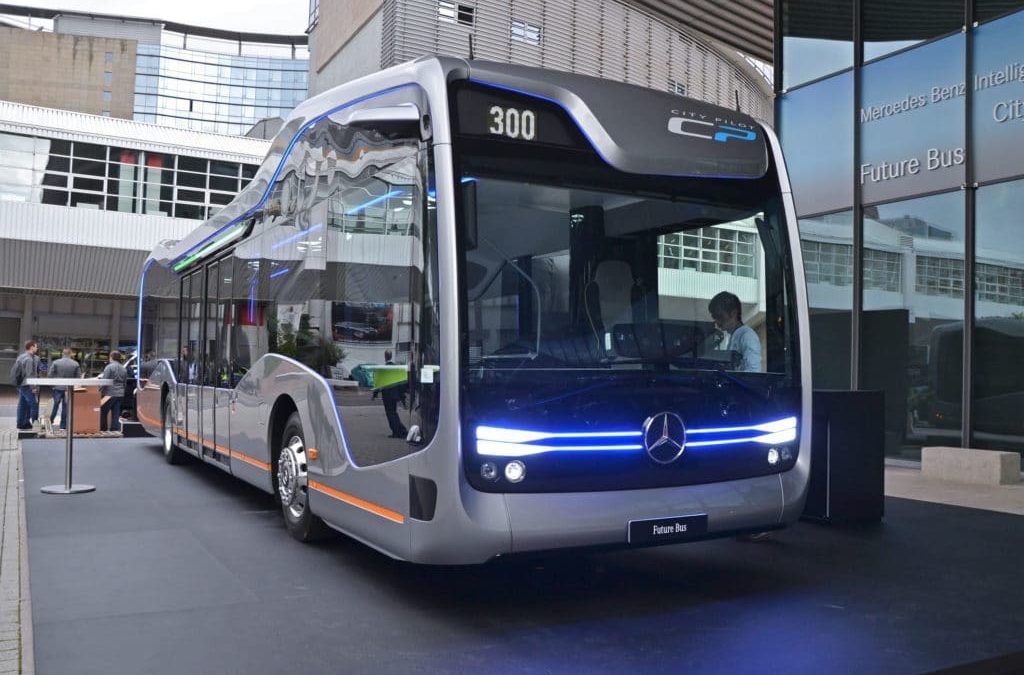What is the killer app for 5G? I don’t think I found any evidence of any one killer app in my initial research. But, that’s the beauty of it.
Aside from faster transmissions and greater bandwidth, 5G isn’t coming out of the gate with just one technology-defining application because the entire ecosystem represents so much more than performance. This is where I get excited, and you should too. 5G isn’t a technology looking for killer apps. Instead, it is a platform for enterprises, entrepreneurs and Imagineers to innovate; to create new solutions and capabilities that weren’t possible through any previous generation of mobile hardware, software and bandwidth.
5G’s speed, capacity, reliability and latency is not just next-level. It’s a total game-changer, empowering a new generation of remote applications.
According to CloudMinds Technology CEO Bill Huang, “With today’s LTE mobile networks, we can send multiple megabits per second of signals many thousands of kilometers away with less than 100-millisecond delay. That is sufficient for human-level perception and mechanical control. With the coming 5G mobile standard in the making, we can achieve 100-times better performance and scale.”
Next-gen sensors, the Internet of Things (IoT), AR/VR hardware, AI and machine learning, robotics, autonomous technology, mobile devices, commercial equipment along with previously unconnected or hard-wired, but mission-critical technologies can now all go online with unprecedented mobile performance.
For example…

- Semi and fully autonomous vehicles will communicate incredibly rich data that forms a sophisticated vehicle network that helps optimize transportation and safety.
- Existing supply chain, manufacturing and transport systems can now manage and synchronize in real-time around the world. For example, Deutsche Telekom and Nokia partnered with Port Hamburg and the Hamburg Port Authority to test out their 5G network with different applications for industrial use. Installed sensors were able to monitor and analyze motion and environmental data in real-time. They were also able to remotely control traffic flow with smart traffic lights.
- Delivery and surveillance drones can transmit high-resolution video as they fly.
- Sensors can track multitudes of precise data allowing for advanced farming, environmental studies, oil and gas or any in-the-field operations.
- Live AR/VR applications can be implemented for remote access at any number of events delivering immersive experiences on-demand. In Korea, ultra-high-definition cameras and motion tracking add to the spectator experience.
- Precise operation of remote equipment in mines, surgery rooms and other complex environments will open new paradigms.

- Artificially intelligent robots can perform autonomous and operator-controlled field tasks by connecting to a sophisticated series of cloud-based networks in real-time. Finland’s Helsinki airport will be the first 5G-enabled airport and will feature 5G robots that can monitor terminals via video streams and even guide passengers to their gate.
- Human operated equipment can benefit from remote AI networks to reduce or eliminate human errors in real-time during mission-critical applications.
- Firefighters can gain up to 267 percent visibility increases in smoke-filled environments allowing them to move with greater speed and efficiency in saving structures and victims.
- Edge computing and software-defined networks (SDN) will become a necessity as the rise of connected devices unleash unparalleled volumes of data and the need to process it in real-time.
5G is more than a faster network for faster smartphones and connected devices. The number of dramatically improved and completely new applications for 5G is abundant. Some of it already exists. Other facets have yet to be invented. But that’s what’s so exciting about what lies ahead on the horizon.
With 5G, the future is a parallel evolution and revolution of iteration (doing the same things better) and innovation (doing new things that create new value) that sets in motion user-defined disruption (doing new things that makes the old things obsolete). Mission-critical operations and performance are now greatly magnified. The question is, what can you imagine to mobilize the next generation of commercial and consumer applications and capabilities?
Disruption is a gift. And, it starts with you.


Recent Comments